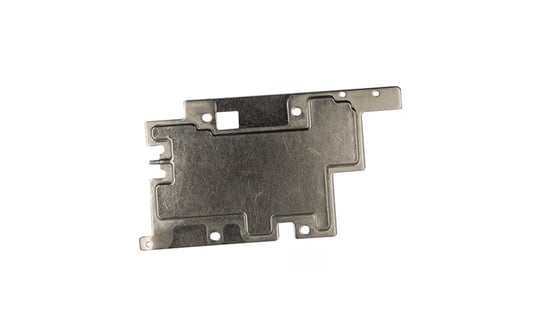The Basics of a Vapor ChamberA vapor chamber is a key component in many electronic devices, particularly in the cooling systems of high-performance computers and gaming consoles. It is a flat, sealed metal container that is filled with a small amount of liquid, typically water.How Does a Vapor Chamber Work?The liquid inside the vapor chamber evaporates when it absorbs heat from the electronic device. This vapor rises to the cooler sections of the chamber, where it condenses back into liquid form and returns to the hot areas via capillary action, completing the cycle of heat dissipation.Advantages of Using a Vapor ChamberVapor chambers are incredibly efficient at transferring heat away from electronic components, making them ideal for devices that generate a significant amount of heat. They are also thinner and lighter than traditional heat sinks, allowing for sleeker and more compact designs.Common Applications of Vapor ChambersVapor chambers are commonly found in high-end graphics cards, CPUs, LED lighting systems, and other devices that require effective cooling solutions. Their versatility and effectiveness have made them a popular choice among manufacturers seeking to improve thermal management.Benefits for Overclocking EnthusiastsOverclocking, the practice of increasing a computer's processing speed beyond its factory settings, generates a considerable amount of heat. Vapor chambers are highly effective at dissipating this excess heat, allowing enthusiasts to push their hardware to its limits without the risk of overheating.Factors to Consider When Choosing a Vapor ChamberWhen selecting a vapor chamber for a specific application, it is essential to consider factors such as size, shape, material, and thermal performance. Choosing the right vapor chamber can significantly impact the overall cooling efficiency of the device.Future Trends in Vapor Chamber TechnologyAs electronic devices become more powerful and compact, the demand for efficient cooling solutions is on the rise. Researchers are exploring new materials and designs to further improve the thermal conductivity and overall performance of vapor chambers in the coming years.Comparing Vapor Chambers to Heat PipesWhile heat pipes are another common method of heat dissipation, they are limited in their ability to handle high heat loads. Vapor chambers, on the other hand, offer a larger surface area for heat transfer, making them more suitable for demanding applications.The Environmental Impact of Vapor ChambersVapor chambers are considered environmentally friendly cooling solutions due to their energy efficiency and recyclability. By reducing the energy consumption of electronic devices and extending their lifespan, vapor chambers contribute to a more sustainable approach to thermal management.ConclusionIn conclusion, vapor chambers play a crucial role in modern electronics by providing effective and efficient cooling solutions for a wide range of devices. Their innovative design and high thermal conductivity make them an indispensable component in the constantly evolving world of technology.Quote Inquirycontact us










